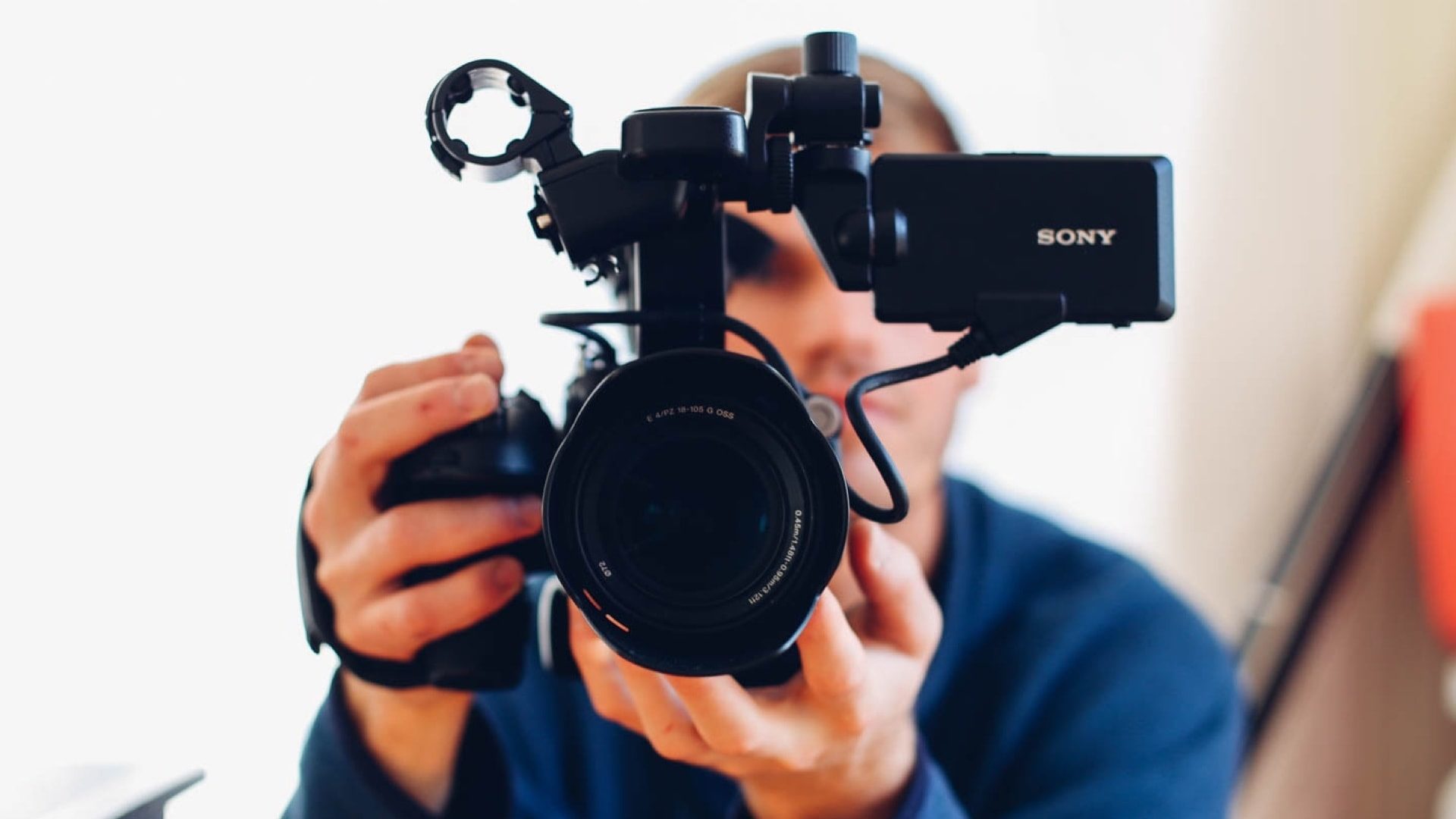Aside from the director and the stars themselves, the cinematographer is one of the most sought after jobs on set.
Also known as the director of photography, many a young film student sees their command of light and lens and wonders how they could one day get there. Not just in their backyards with their friends. But on the big screen.
Here’s how to become a real, working cinematographer.
How to Define Cinematography
“Cinematography” comes from two Greek words. “Kinema” (movement) and “graphy” (recording). Thus, we literally define cinematography as “recording motion”.
A cinematographer, then, is a person who practices cinematography.
Therefore, a cinematographer is responsible for transforming the director’s vision into visible reality.
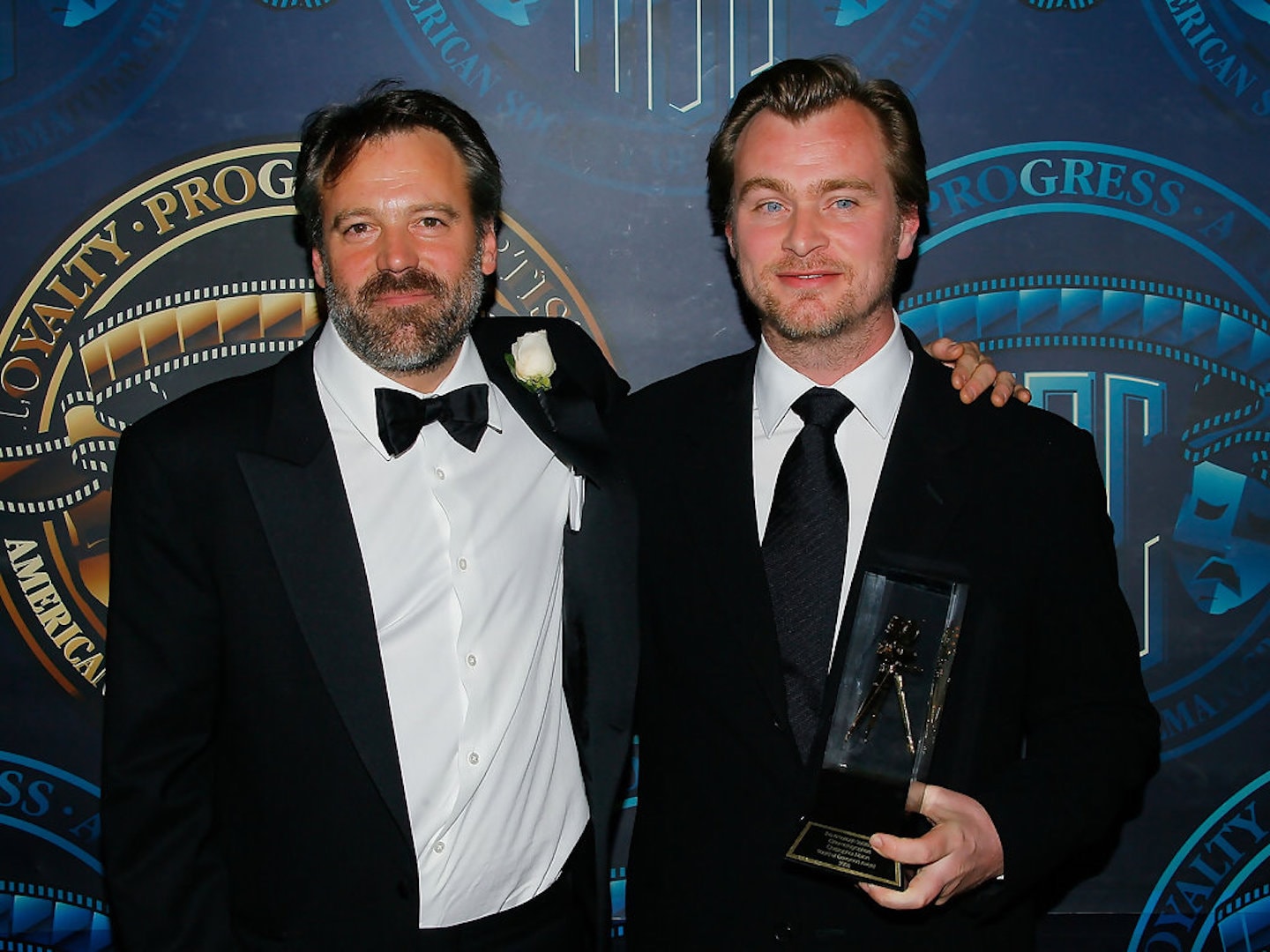
Wally Pfister served as Christopher Nolan's cinematographer from Memento (2000) to 2012
Using lights and camera lenses, he ensures that the camera captures everything the way the director wants it to.
They’re helped in this role by a grip and electrical team, lead by a key grip and a gaffer respectively. They also work with the camera crew: the camera operator, their assistants, and the film loader.
The cinematographer sets out what needs to go where to realize the director's vision. Their teams do the actual setting up.
The actors, the sound, the props and the set are all the concerns of other departments.
The cinematographer is ultimately concerned with how light hits all of those visual elements. How it bounces into the camera, and becomes the image we all watch at home or at the movie theater.
How to Become a Cinematographer
Like a great many other on-set roles, there is no one path towards becoming a director of photography. Everyone’s journey is different. However, there are several factors everyone must consider.
1. Be a Storyteller
It’s easy for young cinematographers to get lost in the lights and lenses. To become focused on making every shot as beautiful as possible.
While this is understandable, you must remember that ultimately that your cinematography is in service the director’s vision of the film.
Some films shouldn’t be beautiful. Some films should be grimy.
Watch your favorite movies -- look for places where the cinematography is intentionally not as beautiful as it could be.
Not bad. Just not beautiful.
It’s those places the cinematographer is serving the story, not the other way round.
2. Learn From the Masters
Cinematographers have the distinction of founding the earliest motion picture society still in continuous operation.
In 1919, a collection of cinematographers and filmmakers lead by Phil Rosen founded the American Society of Cinematographers. The A.S.C. was an important driving force in establishing what cinematography is.
The art and science of moving pictures.
Distinctly, the A.S.C. is not a guild or a union of any kind. In fact, it predates the first cinematography union by seven years.
The A.S.C. extends membership to noteworthy directors of photography and special effects experts. It’s an incredibly elite club. As of 2017, the A.S.C. only has 340 members.
All those members have the distinction of being able to put “A.S.C.” after their names in credits. Membership in the A.S.C. is considered highest honors in cinematographer, matched only by an Academy Award for Best Cinematography.
You might wonder what this has to do with you -- unless you’re an A.S.C. member.
The A.S.C. also works tirelessly to help promote the craft of cinematography and educate the next generation of young cinematographers, and has so for some time.
A year after its founding, the A.S.C. also started a monthly magazine called “American Cinematographer”.
American Cinematographer covers the technical craft of cinematography, as well as featuring interviews with cinematographers, directors, and other filmmakers.
Not content to stay stuck in the print age, American Cinematographer now hosts a regular podcast and maintains several educational blogs, including a blog post from the president of the A.S.C., Kees Van Oostrum.
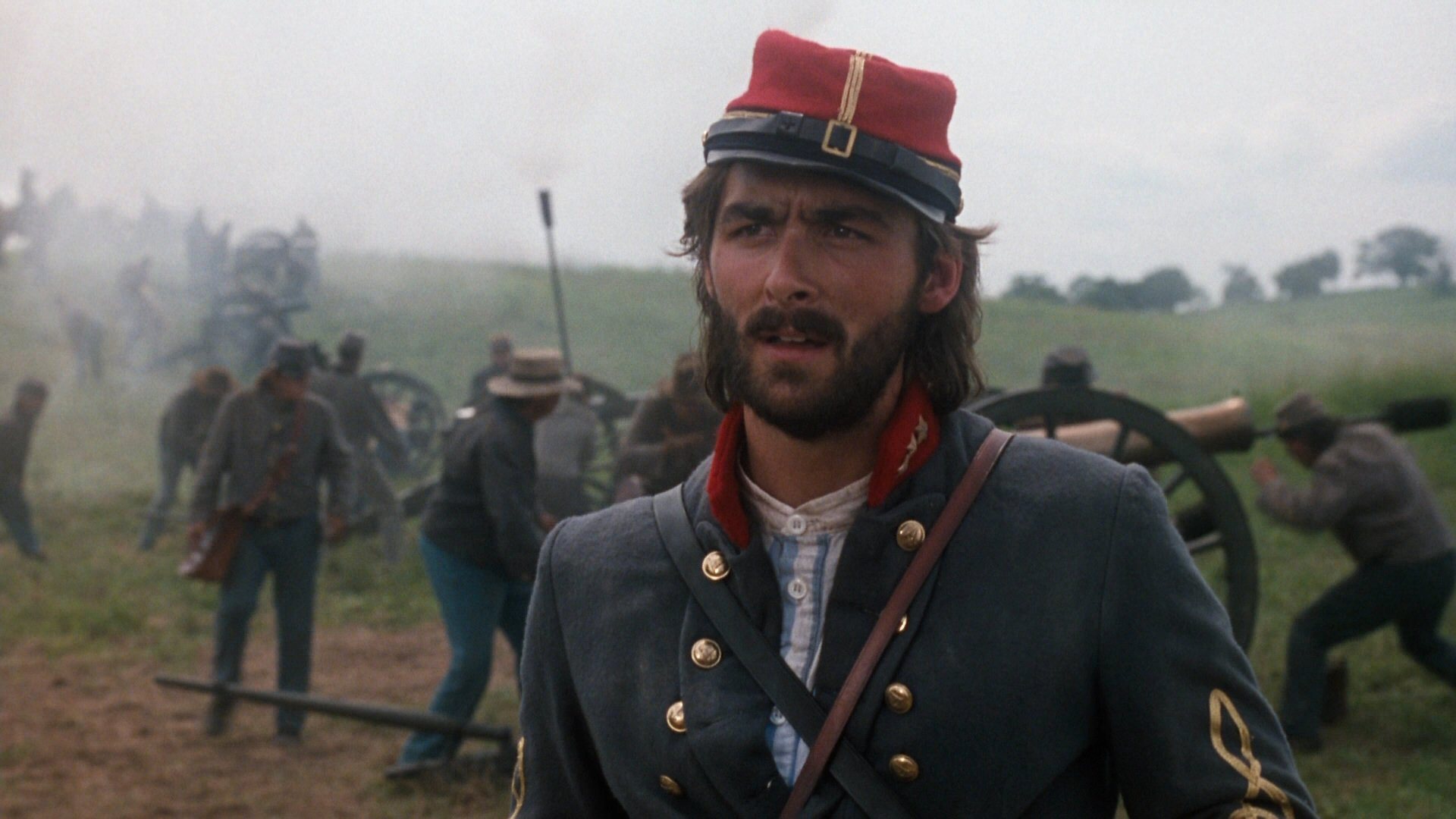
You likely know him better as the cinematographer of Gettysburg (1993)
Learning what your heroes were thinking when they lit certain scenes will help you think like them.
Of course, you also need to know how to light...
3. Brush Up On Your Technical Skills
There’s no getting around the fact that the director of photography job description requries immense technical expertise.
Cinematography is inherently the art of manipulating light. Color, shadow, bounce are vital tools to highlight a story. But if you don’t understand how to use them, you can’t direct a crew to implement them.
Or you can start with youtube tutorials, which will give you a basic grounding in lighting for film. From there, it’s easy to grab a camera (even the camera on your phone) and start playing around in your backyard.
There are even tutorials for building your own DIY lighting rigs so you don’t break the bank practicing.
There’s so much more, though. A cinematographer must concern himself with film lenses, depth of field, and camera movement and angles.
A canted, or “Dutch”, camera angle might indicate danger.
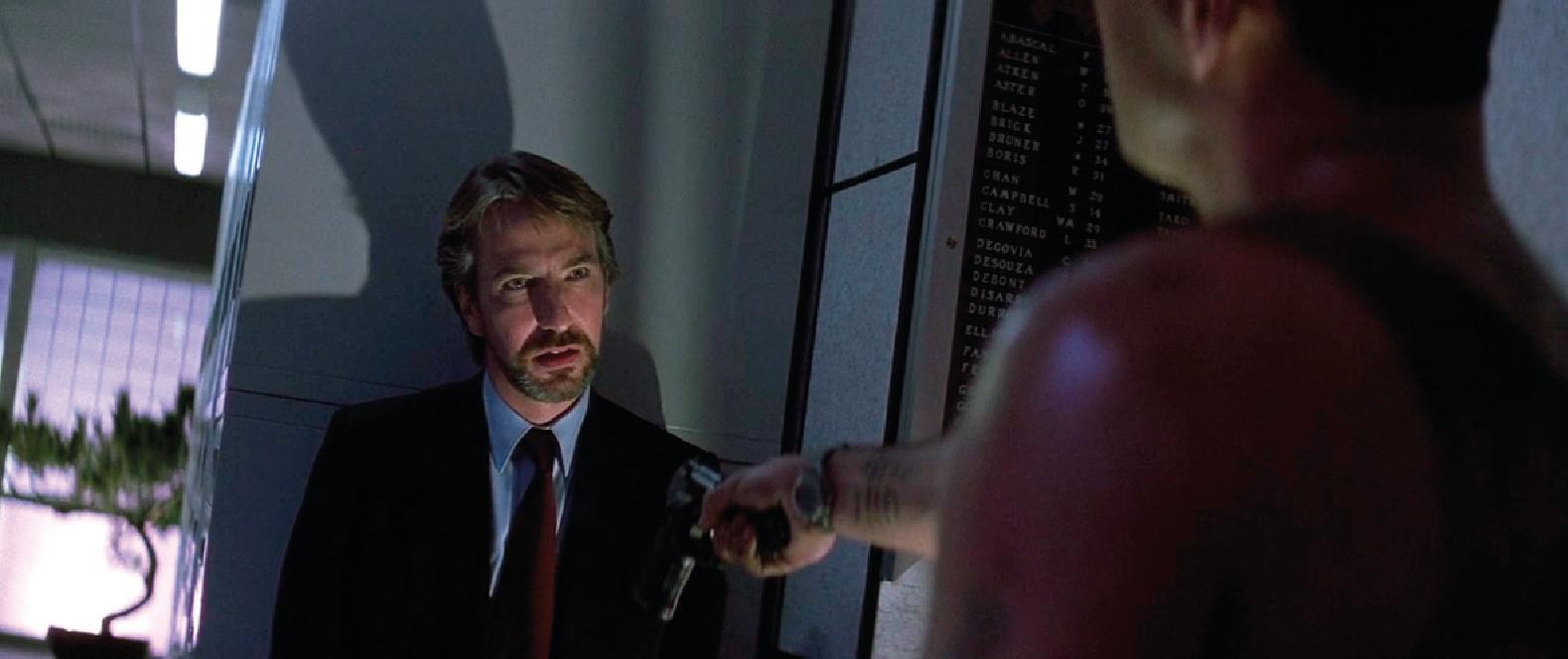
Die Hard (1988) famously used the 'Dutch' cinematography technique
A wide-angle lens can set a scene, or emphasize certain aspects of a setting.
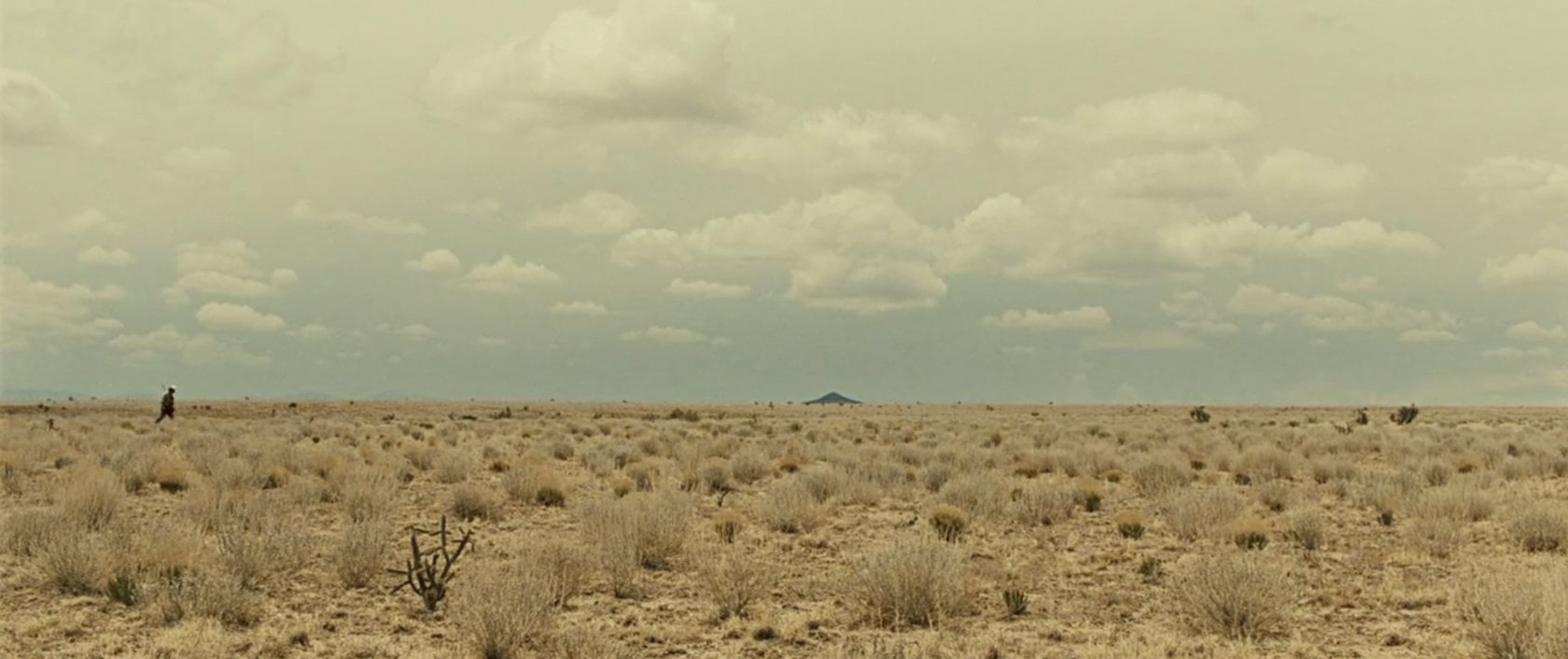
The cinematography of No Country For Old Men (2006) makes it clear this country isn't for anyone
The dolly zoom (also known as the “Vertigo Effect”), unsettles the audience to no end. It's a powerful tool for conveying emotional shock.
But a great podcast or youtube tutorial can’t take the place of classroom training.
4. Enroll in Film School
“Should I go to Film School” is one of the most asked questions by young, aspiring filmmakers.
The complete answer to that question is beyond the scope of this article to answer.
However, cinematographer is one of the professions in film and television that benefits from a film school education. There are few things better for explaining the full breadth of what cinematography is than the classroom.
Some schools, such as USC and the American Film Institute, offer special courses in cinematography.
Most film schools will also give you a chance to have on-set time and work with your collaborators. You’ll come out the other side with a sample you can use and strong connections you’ve made.
If you have the money, or are willing to take on the debt, film school may be worth your time.
Just be certain to do your research, get a quality education, and avoid scam artists.
Build a Relationship with your Director
The relationship between director and cinematographer is wide and varied. Some directors will give their cinematographers a general idea of their vision and let the director of photography handle all the details, from lights to camera lenses.
Others prefer to micromanage the process more. This can be anything from saying what lens they prefer (such as a fish-eye) to exact light placement. It all depends on the director and the cinematographer.
Some directors will act as their own cinematographers -- Robert Rodriguez of “Desperado” fame is notorious for working as his own director of photography. Along with his own camera operator. And editor. And sound designer.
Either way, you have to understand each other. You cannot be seen fighting on set.
This isn’t to say that you can’t disagree or make your opinion known, merely that people look to you for leadership. There’s a reason many cinematographers go on to direct.
You serve the director’s vision of the film, but you are not their light robot. It’s a matter of understanding how the director works and matching it to how you work.
There’s a reason so many directors work with the same cinematographer throughout their careers as well.
Make Cinematography a Career
What separates a professional cinematographer from the excited ametuer shooting an indie is that the professional cinematographer has made cinematography his career.
Once you’ve amassed the know-how, the next step is getting paid to use it.
1. Get on a Set
The cinematographer is one of the most coveted positions on set. With the exception of your own independent projects, and those of your friends, it’s unlikely you’ll be hired to be a director of photography out of the gate.
Don’t be afraid to work your way from the bottom.
Start as a production assistant. Be the best production assistant you can be.
Get hired working for a gaffer or a key grip. Get your hands on a camera as a camera operator or assistant.
When they aren’t busy, pepper the cinematographer with questions.
This experience is invaluable, especially work on a grip or electrical crew. It will make you a better cinematographer if you’ve set up a few impossible rigs of your own.
Not sure where to find those entry level jobs? Production Beast and other job boards are a good place to start.
2. Work For Free to Build Your Reel
If you’ve been properly making friends, someone might come to you with a passion project they need a cinematographer for. These are great places to start building your reel.
If the project blows up -- you have the eyes of the world on you.
Even if it doesn’t, you have some cash in your pocket and another clip for your reel.
You are building a reel, right? Keep it short, and only use your best work.
No one cares how hard it was to do, just how good it looks.
Tell a story with it -- lighting one great take is one thing. Lighting a full scene is another.
Once you have a reel you’re proud of, it’s time to reach out beyond your friends. Upload it to Vimeo and link it to your Production Beast profile.
Look for jobs, but if your reel is good enough and you’ve established good connections, don’t be surprised if jobs and agents come looking for you.
3. Have a Go-To Crew
Cinematographers are often tasked with hiring their own crew, the same way a production designer would be responsible for hiring their own art director and costume director.
While you can fill out your team by posting jobs on boards like Production Beast, it’s good to keep connections with key grips, camera operators, and gaffers.
Having a team of professionals you like to work with will help build your reputation as a talented professional.
4. Join the Guild
While joining the A.S.C. is a special honor, many more cinematographers join the International Cinematographer’s Guild, also known as the Local 600.
A branch of IATSE, the ICG represents Cinematographers, Camera Operators, their assistants, and all other positions directly relating to the camera. Like the other unions, they negotiate with the major studios to produce a Basic Agreement.
You have to meet certain experience requirements before joining IATSE, but once you do, it comes with the benefits and costs all common to all unions.
The benefits include pre-negotiated minimum pay scales, health care and pension funds, and additional legal protections.
The costs include union dues and abiding by the actions of the guild. Not crossing picket lines, turning down certain jobs.
5. Specialize in Film or Television
Working on television is becoming increasingly lucrative as a way to make a career. Cinematographers, though, have a special consideration when taking television work.
It is easier to get paying work in television than in film. Every episode needs it’s own cinematographer, meaning there are simply more job opportunities.
It’s true, they pay less, but weigh that against the ease of finding work and it starts to look pretty good.
The main downside, however, isn’t the reduced payscale. It’s the loss of creative freedom.
Television shows are made off a template. Unless you shoot the pilot, there’s a house visual style that was set before you showed up on the picture. It can be a challenge to work within it.
To a lot of people, that creative freedom is a major part of what cinematography is as an art.
Everything in life’s a trade-off, sadly.
6. Negotiate a Cinematographer’s Salary
Cinematographers are used on every level of the film and video industry. From feature films at the top, all the way down through television, music videos, commercials, and simple shorts.
As a result, the amount you can expect to be paid can vary wildly.
Cinematographers, like most film and video professionals, work as freelancers. Rather than expecting an annual salary, know that you will be paid a day rate, or sometimes a weekly rate.
This can be as low as zero when you’re just starting out and need some experience under your belt, all the way up to $20,000 a day for major Hollywood films.
If you’ve joined the ICG, you can expect certain pre-negotiated minimums to act as a floor for your fee. You (or your agent if you have one) is free to negotiate upwards!
To get a feel for what the market is like right now, you can research the fees of your peers (or those you want to become your peers).
The Martini Shot
Hopefully this article has given you a better idea of what cinematography is. The subject is vast, but remains one of the most fascinating fields in film and television.
It is a complex, difficult position, but it gives you a creative visual freedom few other jobs can match.
Cinematographers -- did we leave anything out? Post videos and photos of your favorite cinematography shots in the comments below!
LIKE THIS POST? SHARE IT!
"Let There Be Light: How to Become a Working Cinematographer" #filmmaking #cinema
